 |
| If there was one iconic image of the disco era, this was it. |
But disco music was hot many more years in the gay clubs; the genre was practically invented on the gay dance floor, and it was that underground influence which pushed disco music into the mainstream. At its height, everybody wanted into the act. Diana Ross, the Jacksons, and the BeeGees, for example, had big hits in non-disco styles, but they all contributed many songs to the disco hitlist as well.
 |
| KC and the Sunshine Band released numerous hits during the early disco period. You cannot sit still when one of their songs plays; they helped "boogie" move into the vernacular. |
Disco had more than its share of one-hit wonders, while there were a number of acts who hit the charts repeatedly, with only disco hits (KC and the Sunshine Band, The Village People, and Gloria Gaynor, to name just a few).
 |
| The Village People's mainstream success belied their gay camp roots. If you ask anyone to name a disco group, they will likely name these guys. Go here for their own Dance Party. |
Streisand delivered at least three disco hits, and Cher engineered a major comeback based on her disco contributions. Musical stars who had no business being played in dance clubs still tried to make it there with one or more disco releases: Midler, Manilow, and even Merman all jumped on the bandwagon (or rather, the mirrored ball).
Well, you can see where this is going. Just as Aretha is the undisputed Queen of Soul, there is one, and only one, Queen of Disco.
Donna Summer
 |
| 1948-2012 |
 |
| The backlash against disco was fervent, so Summer's 80s hits became "dance tunes." |
Listen to her song "She Works Hard for the Money," which is not classified as disco. Call it what you will, it's a disco song. Summer's popularity was unequaled in the disco era; she won five Grammys for her hits, and sold tens of millions of albums. Her reputation was tarnished in the mid-80s, when she became a born again Christian, and rumors spread that she had called AIDS God's punishment for the sins of the homosexual. Gays were merciless in their condemnation of a star whom they had, let's face it, personally created. She ultimately (years later) denied making the comments, but by then, the damage to her career had been done. She was never to achieve the success she had in the 1970s.
Donna Summer's death last week affected me a good deal, bringing back memories and emotions surrounding my first explorations into the gay nightlife. While later artists like Whitney Houston remind me of the later 80s (go here for Whitney's Dance Party), Summer's music provided the soundtrack to those early years. The very first disco album I owned was her two-record set, "Once Upon A Time."
This was not by any means her most successful recording, and the hit it yielded, "I Love You," only reached #37 in 1977. But the album, which was inspired by the Cinderella story, was a hit with the gay crowd. Of course, Summer's entire output during the 70s consisted of giant disco hits, and her music was surely the most frequently played in any of the clubs I visited.
It didn't matter how many people were hanging around the bar or "socializing" (ie: cruising) in the corners, whenever any Donna Summer song popped up on the DJ's console, the dance floor filled. There was something celebratory and sensual about her music, and it simply had to be danced to. This week's Dance Party features one of her biggest hits, and it happens to be her song which had the biggest influence on me.
I've often quipped that I lost my virginity to "Last Dance," and though that's not literally true, it is, figuratively. The song was played in every dance club everywhere, every night.
 |
| Thank God It's Friday was one of a number of disco-themed films which attempted to repeat the success of Saturday Night Fever. |
Always, it served as the number which accompanied the announcement of Last Call for Alcohol, which usually heightened the sensuality of the late night club scene. When you listen to the song, notice its unusual structure. It begins with a slow tempo. Usually, this section of the song did not signal a big rush to the dance floor.
 |
| This was a typical look for me during the early disco years. No wonder there was a backlash. |
Even that late at night, during those years, same-sex slow-dancing was reserved for the committed couples, or the folks who were already sure their evening was going to end together. But you didn't slow dance with just anyone. (I have railed for years against whoever it was that decided, back in the late 1950s, that couples who were dancing together should not be touching; that nitwit committed treason against romance.) Anyway, "Last Dance," as you'll see, soon picks up in tempo, and becomes a standard disco beat. This is the point in the evening when the dance floor of the club would fill up one last time. But you'll also see that the song slows down again, and at this point, most of the couples on the dance floor would move into each other's arms to correspond to the beat.
 |
| At least the suspenders are gone. |
This moment, to me, was always highly charged with excitement, anticipation, sensuality, and fear. Hey, I was young and completely inexperienced.
Even after the song had fallen from the pop charts, the clubs I attended continued to play "Last Dance" at the end of every evening. From NY's Studio 54 to West Hollywood's Studio One, to the tiny little In Touch Lounge on Van Nuys Blvd in the San Fernando Valley, everybody knew what the song meant: last chance for romance tonight.






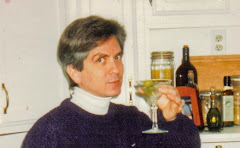
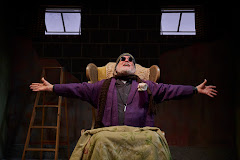




























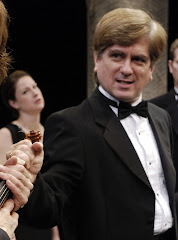
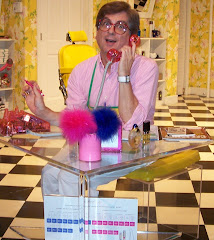
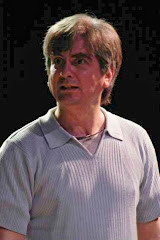
,+Olney+Theatre+Center,+2004.jpg)


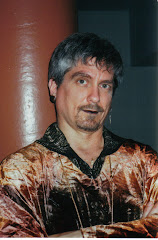
,+Shakespeare+Theatre+Company,.jpg)
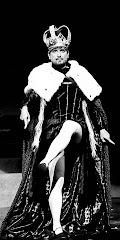

,+Warehouse+Theatre,+1999.jpg)
,+Are.jpg)
,+Everyman+Theatre,2002.jpg)
,+First+Nationa.jpg)
,+Shakespeare+Theatre+Company,.jpg)


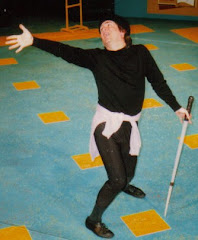
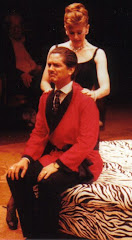
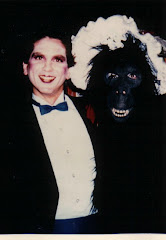
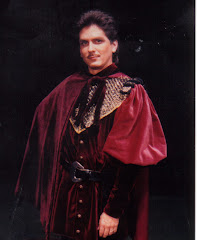
,+Granada+Th.jpg)
,+Globe+Playhouse,.jpg)
,+CSUN,+1976.jpg)
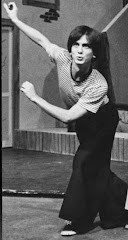


No comments:
Post a Comment